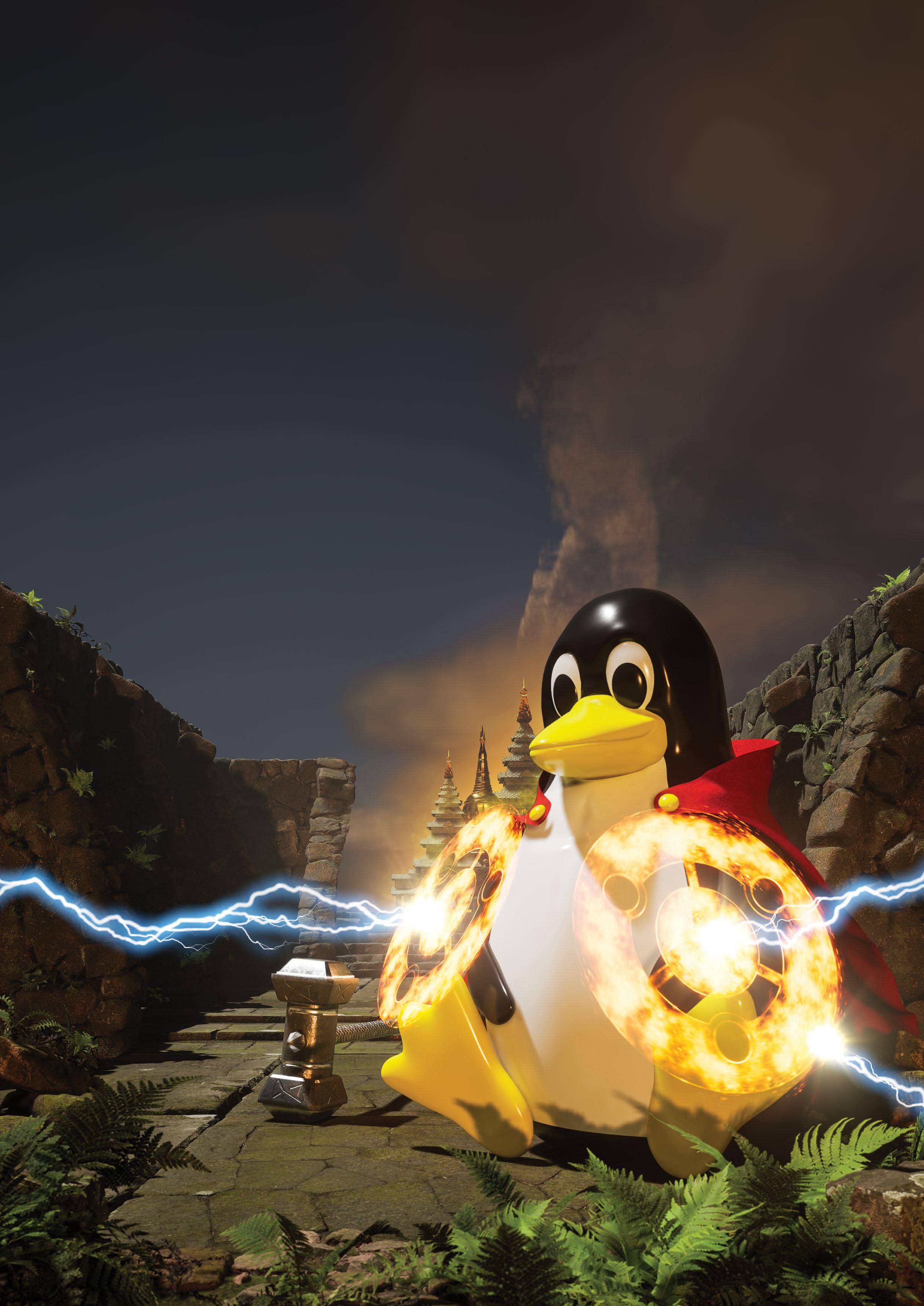BULLET-PROOF UBUNTU 22.04
Linux Format
|June 2022
Walpurgis Night is nearly upon us, so cast aside your old OS and begin life anew with Ubuntu 22.04

Eighteen years ago Canonical, led by dot-com magnate-cum-space tourist Mark Shuttleworth, unleashed the first Ubuntu release. It was nothing short of revolutionary. Suddenly Linux was a thing for human beings. Networking worked out of the box, as did a glorious - albeit brown - Gnome 2 desktop. It was built on Debian and inherited that reputation of stability, but it wasn't Debian. It was something special.
A huge community rallied around Canonical, which promised that it would listen. A bespoke bug tracker named Launchpad was set up, and the first bug filed was “Microsoft has a majority market share". For many, Linux's golden age was about to begin, and there was a palpable sense that Bug #1 would soon be fixed.
Flash forward to today, and you'll see that not all of those dreams came true. Windows still rules the desktop (though MacOS and ChromeOS are swallowing that up). Casual desktop computing as a whole is becoming a niche hobby, because a great deal of our browsing and communication is now carried out by smartphones (some of which run Linux, but not 'real' Linux). Desktop Linux is alive and well, but the ecosystem is still not perfect. An abundance of desktop choices, together with numerous forks of popular distros, have led to complaints about fragmentation (from people that don't understand open source software and free will). And Canonical copped plenty of flack when it abandoned Unity and the Ubuntu Phone.
But it's not all bad. Companies have embraced Linux, in particular Valve. Its work on Proton has enabled some 5,000 Windows-only games to be played on Linux. And Ubuntu is still a hugely popular Linux distribution that's great for playing said games, wrangling vital documents, or managing your clouds.
このストーリーは、Linux Format の June 2022 版からのものです。
Magzter GOLD を購読すると、厳選された何千ものプレミアム記事や、10,000 以上の雑誌や新聞にアクセスできます。
すでに購読者ですか? サインイン
Linux Format からのその他のストーリー

Linux Format
Create your first WebSocket service
Mihalis Tsoukalos explains how to use the Go programming language to work with the WebSocket protocol.
9 mins
April 2023

Linux Format
Fantastic Mr Firefox
Nick Peers takes a trip down memory lane to reveal the story behind the rise - and slight fall - of Mozilla's popular web browser.
9 mins
April 2023

Linux Format
Set up your terminal and email like it's 1983
Jump in the hot terminal time machine with Mats Tage Axelsson who emails from the command line using the latest technology.
8 mins
April 2023

Linux Format
Universal layer text effects with GIMP
Posters use them, films and presentations are hard to imagine without them: text effects. Attract attention with Karsten Günther and GIMP.
8 mins
April 2023

Linux Format
Jump to a federated social network
Nick Peers reveals how you can get up and running with this free, decentralised and non-profit alternative to Twitter.
9 mins
April 2023

Linux Format
Free our SOFTWARE!
Taking anything for granted is dangerous, so Jonni Bidwell and Mike Saunders revisit how the free software movement got started to help free us from proprietary tyranny!
4 mins
April 2023

Linux Format
Master RPI.GPIO
Les Pounder goes back to the early days of the Raspberry Pi - and his career with this classic library! -
5 mins
April 2023

Linux Format
Waveshare Zero to Pi3
Transform your Pi Zero into a Pi 3, they promised Les Pounder, but it's more like adding on go-faster stripes.
2 mins
April 2023

Linux Format
The Best OPEN SOURCE Software Ever!
In an attempt to trigger controversy, Michael Reed and Neil Mohr unequivocally state these are the greatest free software apps ever. Probably. We’re just trying to be helpful.
19 mins
April 2023

Linux Format
Linux-Mandrake 7
Simplicity and a wide range of applications make this a great distribution for all Linux users.
2 mins
April 2023
Translate
Change font size

